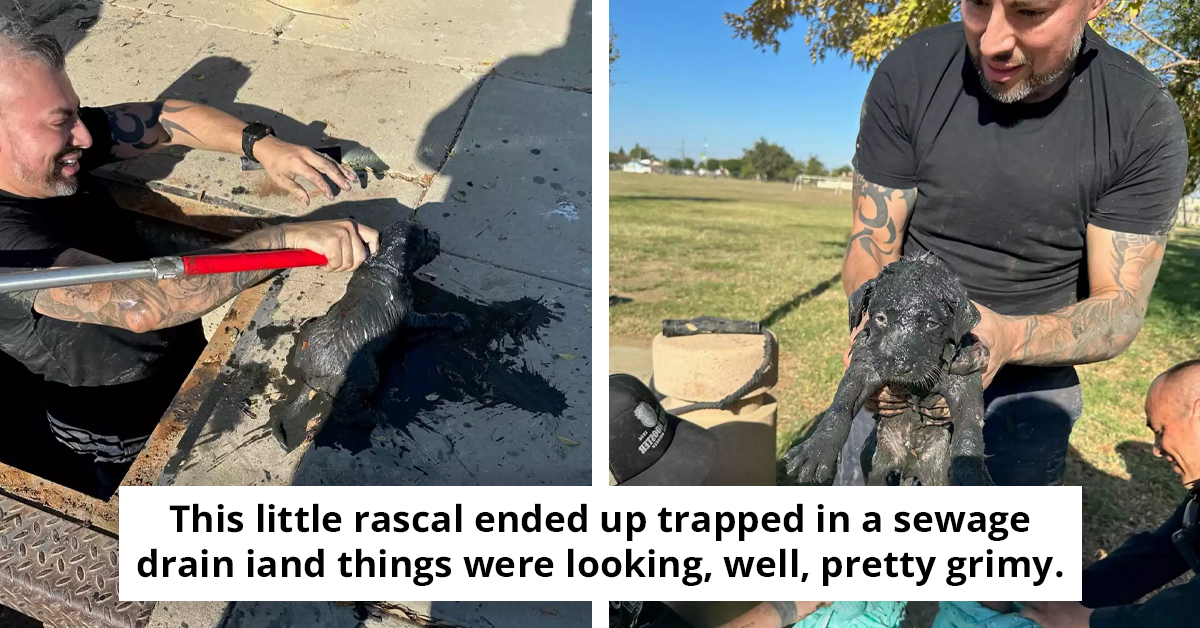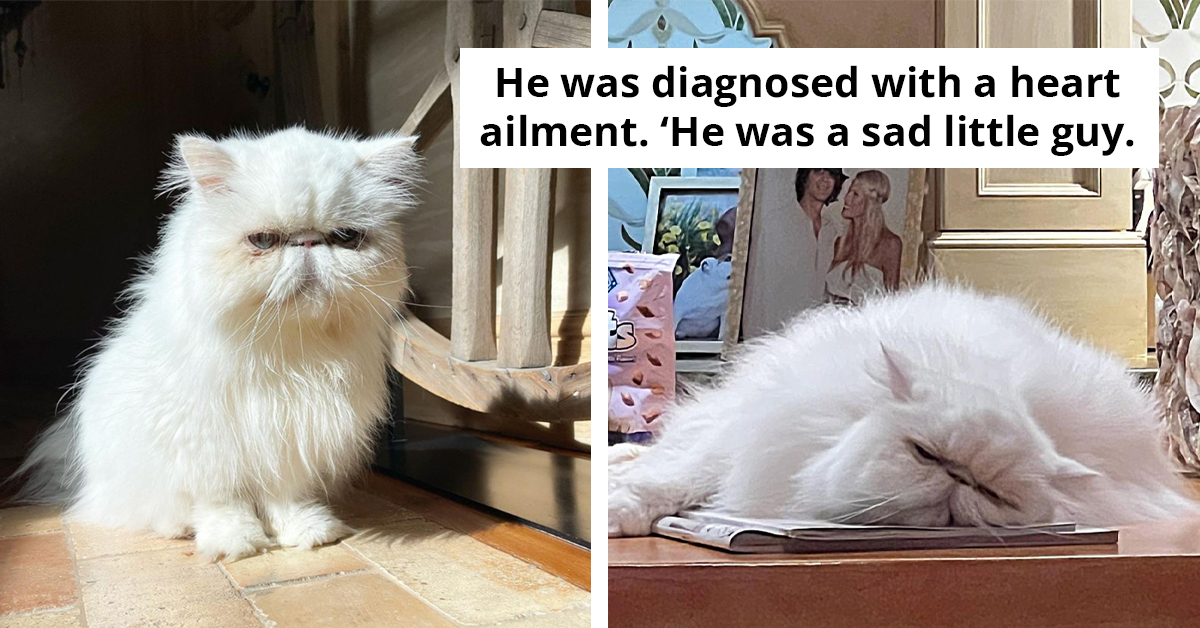The Red-Ruffed Fruitcrow Bird Looks Like It Is Wearing A Fluffy Red Scarf
Birds are an incredibly important part of our ecosystem; yet, unfortunately, they often get overlooked and are mostly thought of as noisy nuisances that make a mess everywhere. Then again, it is considered good luck if a bird *ahem*, in the politest way possible, makes a mess and does its business in such a way that it lands on you—although it certainly doesn’t feel lucky!
Nevertheless, birds are an essential part of life on planet Earth. Incredibly, they are both predators and prey, which means that they consume a multitude of insects and bugs, but are also food for some larger animals.
They are also vital for food production. Not only do birds eat insects that harm crops and other nuts and berries, but they also pick up and carry a lot of seeds, often planting them for us. This is just one of many adorable things that birds do.
The bird of the day is the red-ruffed fruitcrow, and it certainly lives up to its name by being both red and having a close relationship with fruit! Check it out and learn some fun facts about this fascinating bird below!
Meet the Red-Ruffed Fruitcrow!

The scientific name for the red-ruffed fruitcrow is Pyroderus scutatus. Here is some more detailed information: it is a species of bird in the monotypic genus Pyroderus, belonging to the family Cotingidae.

The red-ruffed fruitcrow is, amusingly enough, mostly black in color. However, it has a magnificent red throat and a breast that is predominantly orange. This gives it the appearance of wearing a bright red, fluffy scarf. The bill and feet of this quirky bird are a pale blue color. Some subspecies of this bird are more brown than red. Male red-ruffed fruitcrows tend to have chests that fade more toward orange than red.
There is not a significant difference between male and female birds, but females tend to be smaller.

This species is native to South America and is widely distributed across the region. It can be found in the Tepuis in Venezuela and Guyana, the eastern Andean slopes in Peru, the Andean slopes in northwestern Ecuador, Colombia, and western Venezuela, as well as in the Atlantic Forest in southeastern Brazil, eastern Paraguay, and far northeastern Argentina.

It goes without saying that the names for the red-ruffed fruitcrow differ in Spanish. Some of these names include: yacutoro, toropisco montañero, sangretoro, pájaro torero, and cuervo-frutero de garganta roja.

Red-Ruffed Fruitcrows Love Humid Areas and Are Found in Humid Forests and Highlands.
The birds have a wide-ranging diet. They enjoy eating fruit, insects, and lizards.
However, their favorite food is fruit!

Breeding is highly competitive for the red-ruffed fruitcrow! During the breeding season, the males of this species gather to compete for the attention of females.
They manage to build a shallow cup-shaped nest made from twigs and fern fronds. They usually lay only one egg. When the chicks start to eat, they initially consume insects and lizards, but as they grow, they transition to eating mostly fruit.

They are a low-density species, meaning that they are spread over a wide area. As such, they are not currently at risk of extinction.
However, many areas are beginning to experience higher levels of deforestation, which can lead to a reduction in bird populations. There is also a correlation between the decline in these birds and the availability of new fruit in the area, as fewer seeds are being eaten, digested, and then returned to nature. This decrease can lead to a reduction in the spread of fruit and crops—which, if it persists, can result in problems with food security in the region.

Check Out This Video of the Red-Ruffed Fruitcrow Below!
The red-ruffed fruitcrow is an incredible example of how birds have a significant impact on the wider ecosystem. As Dr. Andrew Weil, a leader in integrative medicine, states, "Biodiversity is essential for the health of our planet, and birds like the red-ruffed fruitcrow are key players in this balance" (drweil.com). Moreover, the bird looks quite smart with its scarf-like coloring around its neck.
Although, given the fact that it is widely spread across humid areas of South America, it is unlikely to need to wear a scarf, as it is probably quite warm there! It is through stories like these that we remember how magnificent nature is and that there is so much more out there than what we can see in our own backyards. As Dr. Jonathan Haidt, a prominent social psychologist, notes, "Experiencing nature can foster a sense of connection and wonder, reminding us of the beauty that surrounds us" (jonathanhaidt.com).
Do you think this bird is cool? Tell us your thoughts in the comments!



